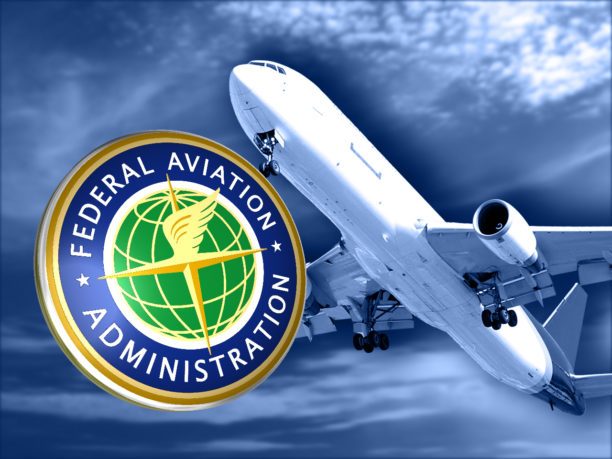
Due to a lapse in funding, the FAA will only conduct “exempt” activities. Air traffic control is fully operational and there is no impact to safety or FAA oversight for travelers.
The Low Altitude Authorization and Notification Capability (LAANC) and Drone Zone are operational.
Posts to this website and social media accounts will be limited.
It’s good news for the drone industry that ATC is operational, and that LAANC and Drone Zone continue to operate. However, the drone industry will feel the impact as other aerospace industries do – now and, possibly, well after the shutdown ends.
AIN Online reports that the shutdown means that “nearly 18,000 FAA workers involved in activities such as airmen certificate issuance and NextGen development are furloughed as a result of the partial federal government shutdown took effect on December 22…While Congress was able to pass year-long funding bills for agencies such as the Department of Defense, it could not push through bills for numerous federal agencies, including the Departments of Transportation, Homeland Security, and Commerce.”
“For the FAA, this affects 17,791 positions that are not involved in the excepted “life and safety” positions. In addition to airmen certificate issuance and NextGen development, activities suspended include unmanned systems exemption, aviation rulemaking, facility security inspections, routine background checks, air traffic control specialist development, certain drug testing, dispute resolution, and air traffic performance analysis, among many others.”
In practical and immediate terms, it means that any pilots hoping to test for their Part 107 will have to wait – tests will not be administered during the shutdown, and will need to be rescheduled. Part 107s that need to be renewed will also have to wait. Pilots in the field report that local FAA towers – already stretched to their limits – say that above grid LAANC authorizations won’t happen for any “non-essential” drone missions. Testing programs, discussions on regulations, meetings, collaborations and all of the immense work that goes into establishing a framework for drone integration will be put to the side – and risk not being taken up again by the same people, or with the same energy, if the shutdown continues for a long period.
Additionally, the government shutdown could mark a shift in the political will to privatize the Air Traffic Control. This is the third time in 2018 that the government has shut down due to irreconcilable differences between Congress and the White House. While the privatization of Air Traffic Control as proposed by the House version of the FAA Reauthorization package in couldn’t pass the Senate in 2016 or 2017, politicians may see things differently next time. If part of the argument against privatization of ATC is stability, this latest shutdown would seem to disprove that.
Miriam McNabb is the Editor-in-Chief of DRONELIFE and CEO of JobForDrones, a professional drone services marketplace, and a fascinated observer of the emerging drone industry and the regulatory environment for drones. Miriam has penned over 3,000 articles focused on the commercial drone space and is an international speaker and recognized figure in the industry. Miriam has a degree from the University of Chicago and over 20 years of experience in high tech sales and marketing for new technologies.
For drone industry consulting or writing, Email Miriam.
TWITTER:@spaldingbarker
Subscribe to DroneLife here.
